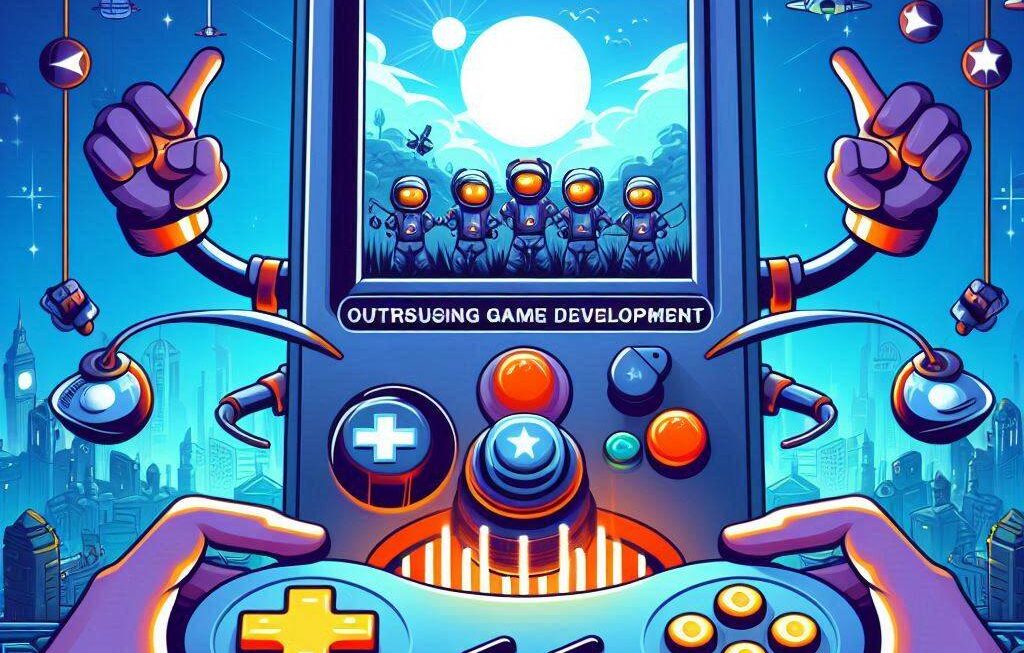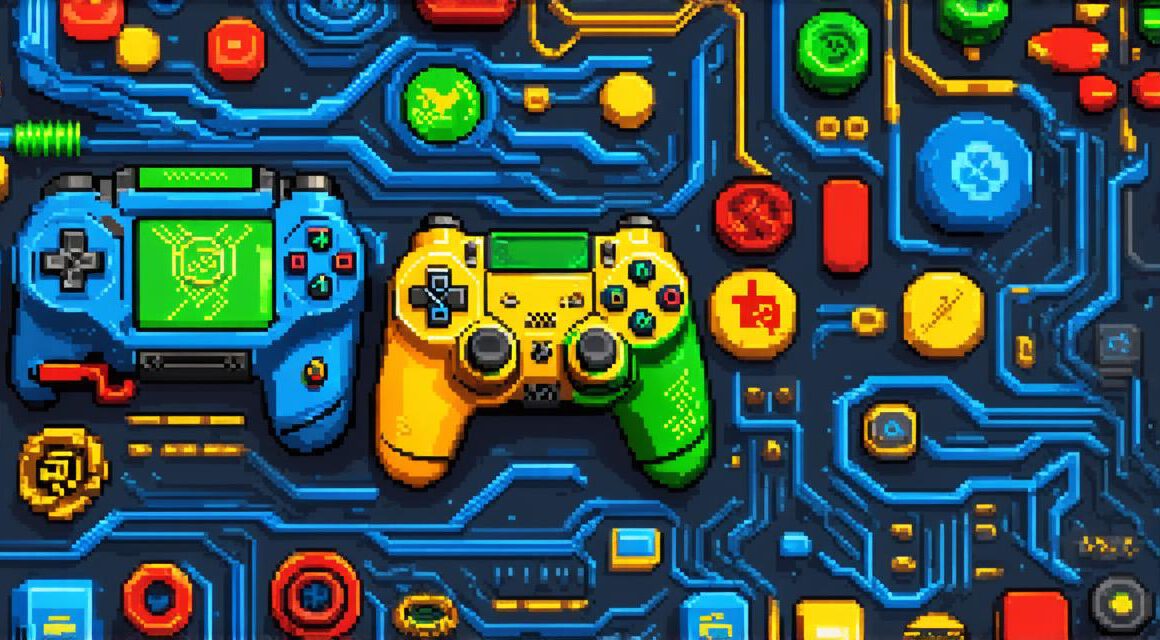1. AI-Powered Prototyping
Prototyping is a critical phase in game development, and AI is making it more efficient. Tools such as PlayCanvas’ AI Editor empower developers to create intelligent characters with minimal coding.

This not only saves time but also enables the creation of intricate behaviors without extensive programming expertise. For instance, developers can program an NPC (Non-Player Character) to navigate through a level, avoid obstacles, and interact with other characters, all without writing complex scripts.
2. AI-Driven Animation
Animating characters can be a challenging task, but AI is simplifying this process. Solutions like Adobe Fuse and Mixamo leverage machine learning to generate realistic animations.
For example, with Adobe Fuse, you can import a 3D model, and the AI will automatically rig it for animation. This means that even if you lack traditional animation skills, you can still create lifelike characters.
3. AI-Enhanced Level Design
Level design is another area where AI excels. Tools like Procedural Mapping System (PMS) generate levels based on specific parameters, relieving developers of countless hours of manual labor.
This not only expedites the development process but also allows for the creation of unique and diverse environments. For instance, a developer can set rules for terrain generation, and PMS will create a level that adheres to those rules, resulting in a procedurally generated landscape.
4. AI-Optimized Game Balancing
Balancing a game is crucial to maintain player engagement and fairness. AI tools like Improbable’s SpatialOS can analyze player behavior in real-time, adjusting game parameters accordingly to preserve balance.
This adaptive approach ensures an enjoyable gaming experience for all players. For example, if a particular weapon becomes too powerful, the AI can automatically adjust its effectiveness to maintain a fair fight.
5. AI-Assisted Quality Assurance
Quality assurance (QA) is indispensable in game development, but it can be time-consuming. AI tools like TestFairy automate the testing process, identifying bugs and performance issues swiftly.
This not only expedites the QA process but also guarantees a superior final product. For instance, TestFairy can simulate various devices and operating systems to ensure compatibility across platforms.
FAQs
Q: What are some examples of AI tools for game development?
Examples include PlayCanvas’ AI Editor, Adobe Fuse, Mixamo, Procedural Mapping System (PMS), Improbable’s SpatialOS, and TestFairy.
Q: How does AI improve game development?
AI improves game development by automating tasks, streamlining workflows, and enabling the creation of complex behaviors without extensive programming knowledge. It also ensures an enjoyable gaming experience for players by optimizing game balancing and quality assurance processes.
Conclusion
<p



